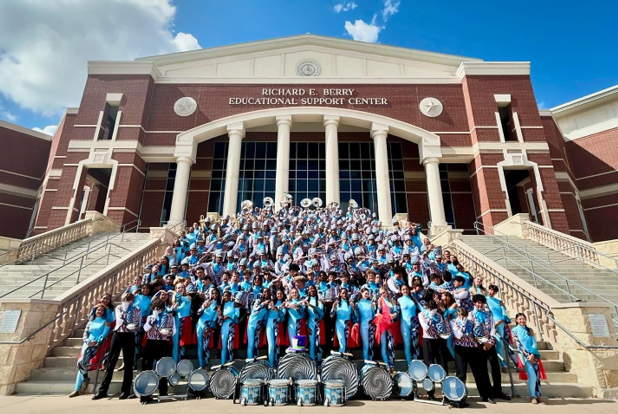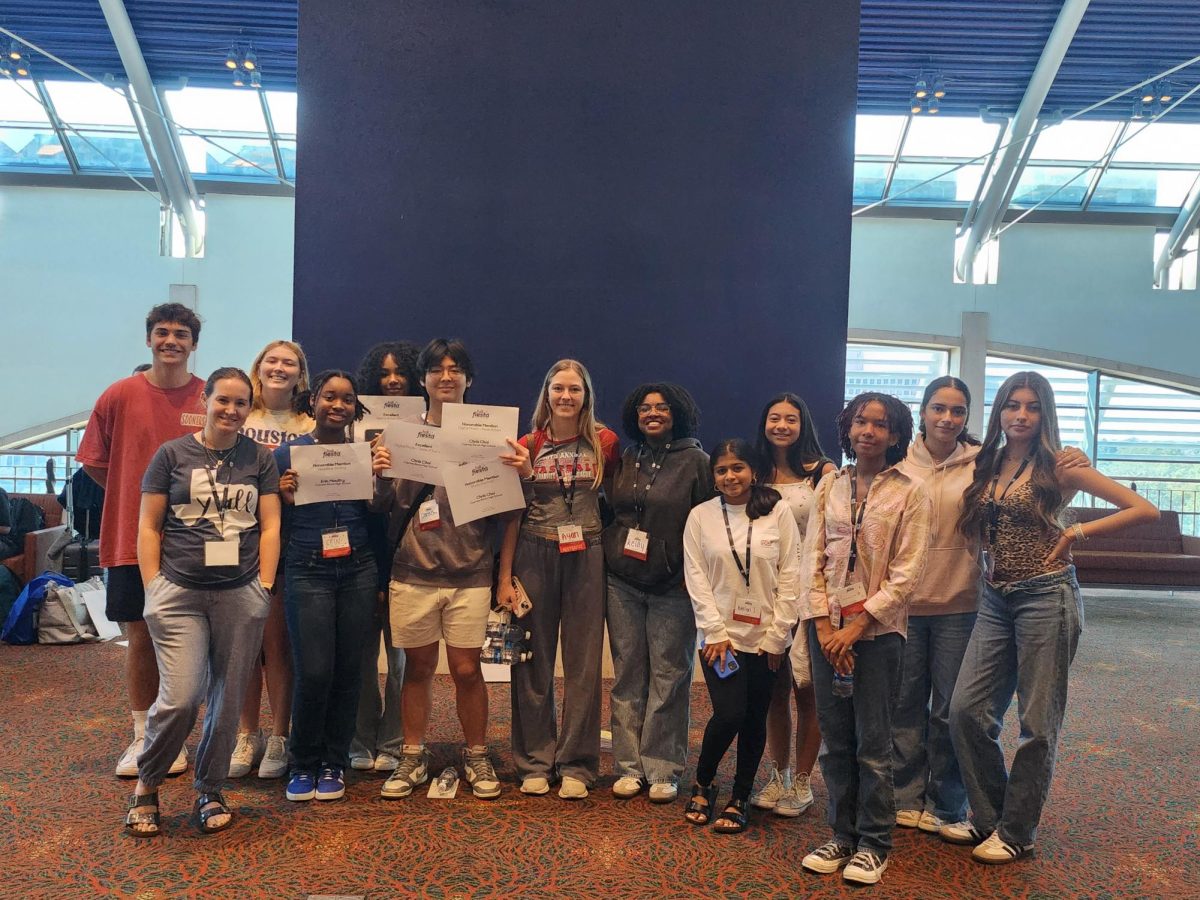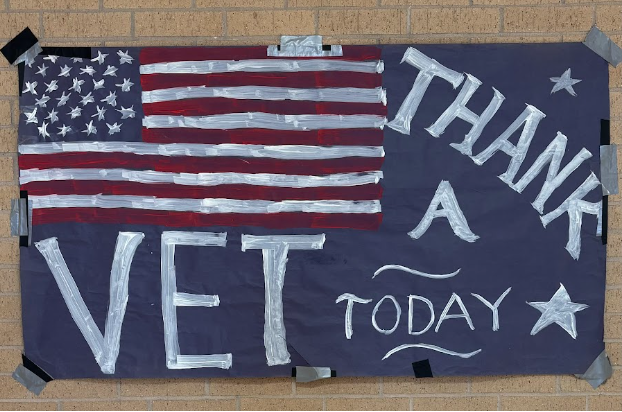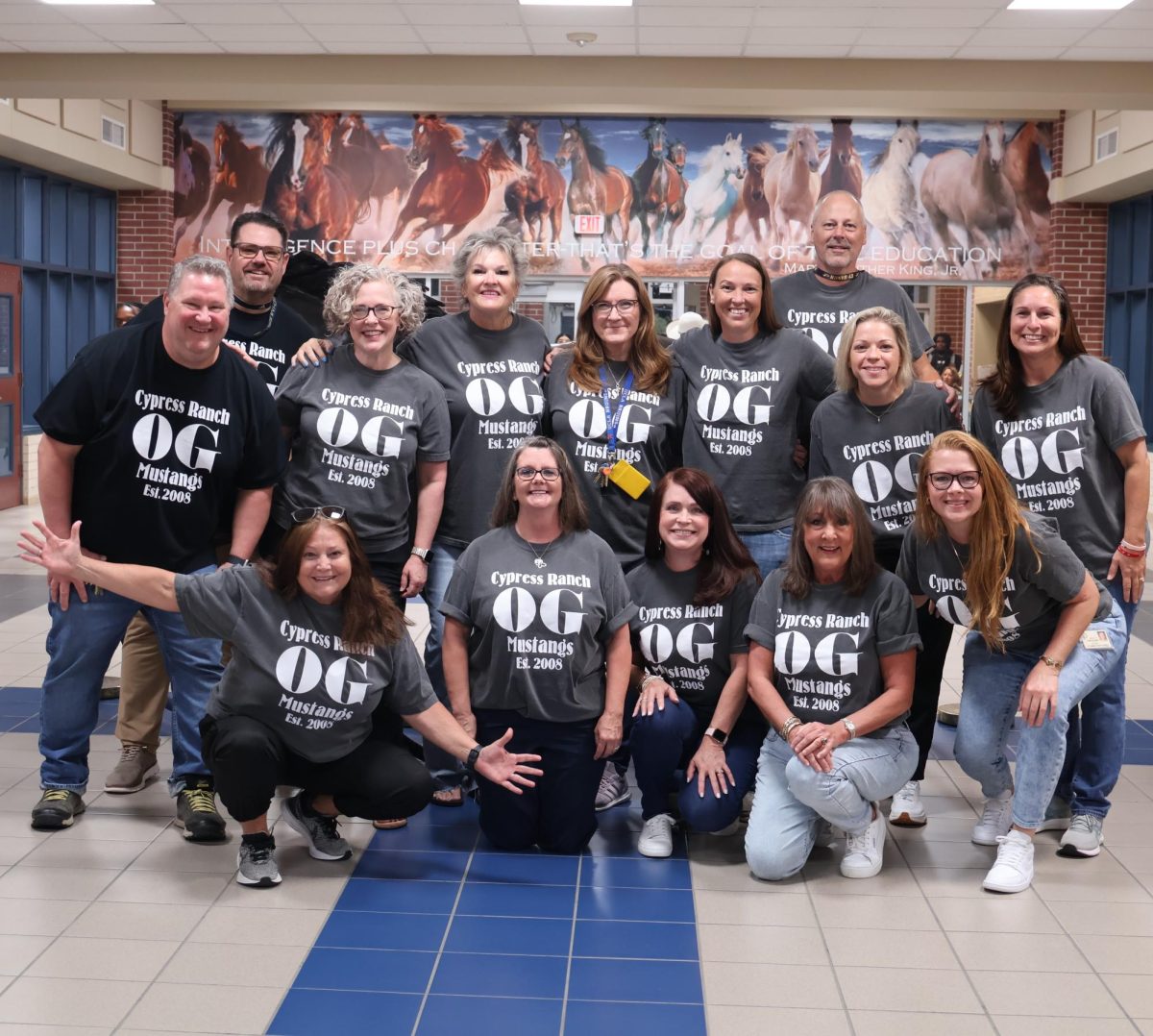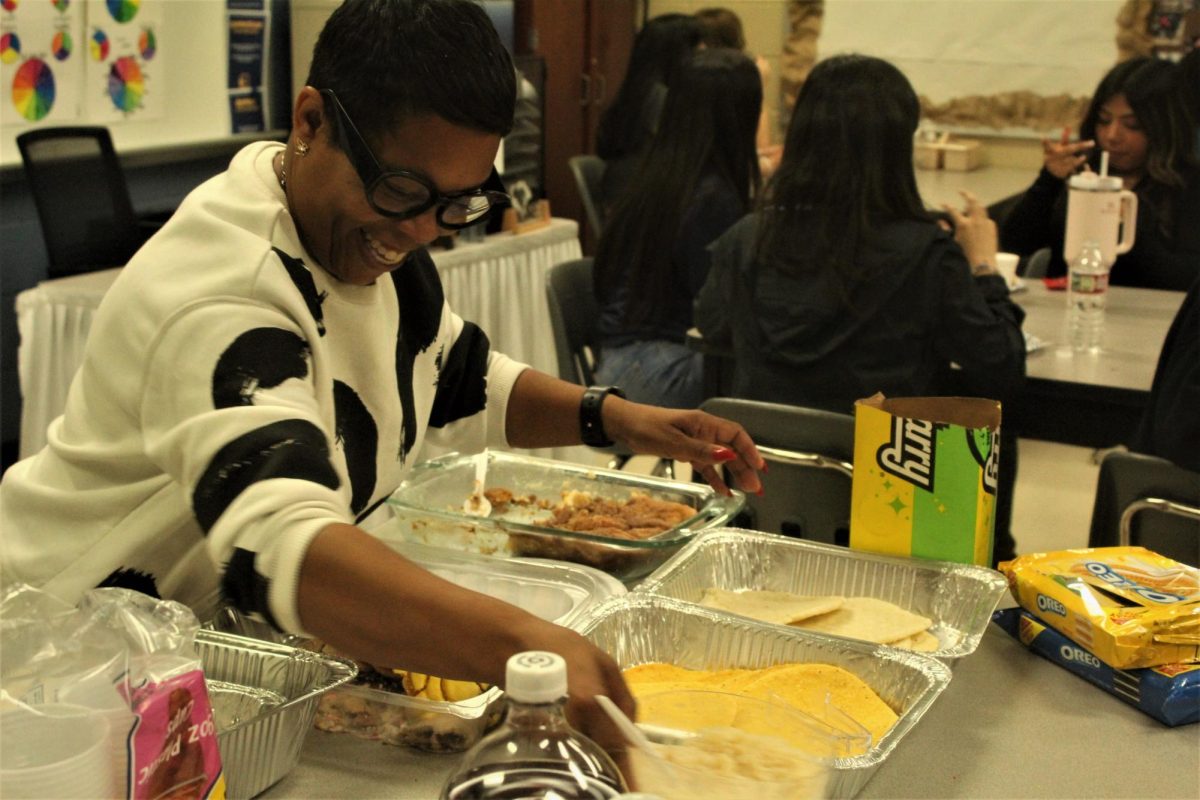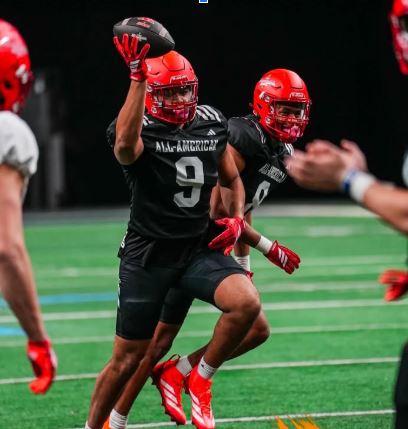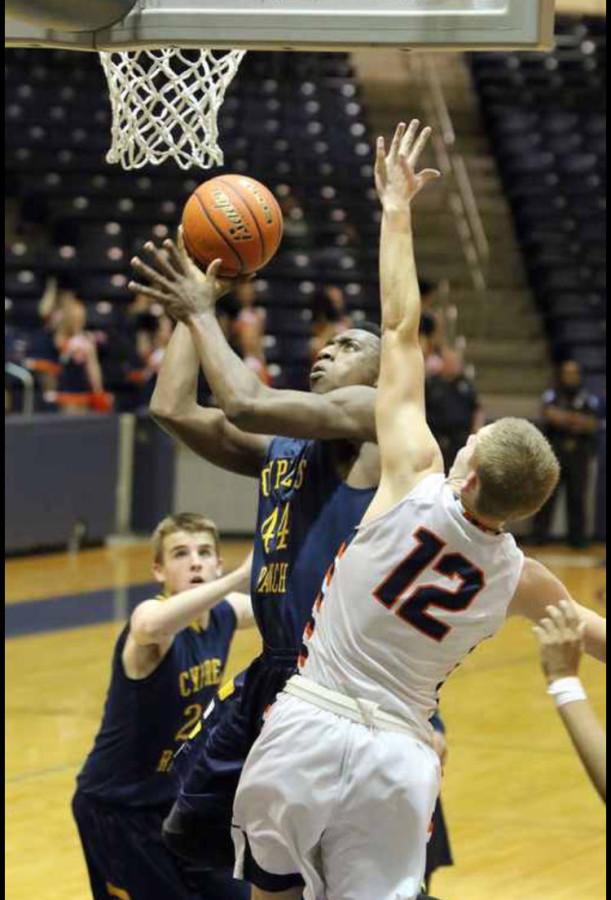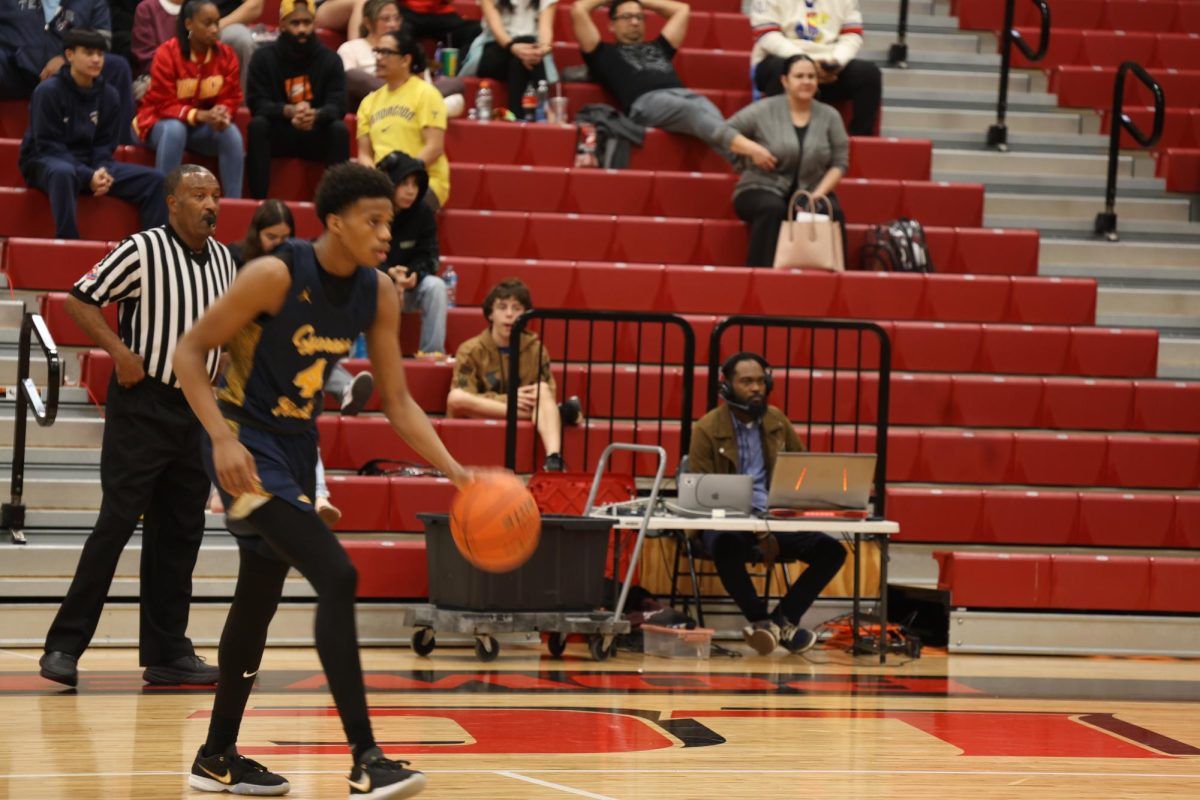Ag Class Heads to Competition
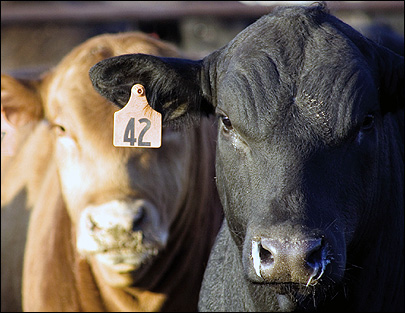
March 6, 2014
The Cypress Ranch Agriculture class will be judged in a plethora of categories in this year’s Houston Livestock Show and Rodeo and will be entering a total of twenty animals to be judged. The animals include eight head of cattle, eight horses, two heifers, one pig, and one chicken. Four students will also be displaying meat to be judged in various categories.
The students of Mr. Palisin’s Agricultural Class have been preparing the entire year for various competitions in Texas, including the Houston Livestock Show and Rodeo, a showing at Fort Worth, a showing at Austin, and a showing at San Antonio. The students received their heifers last year and were thrilled to be given their pigs in November of 2013. The chickens were last to arrive, being put into the students’ hands on Feb. 28, practically a month before the competition.
The Livestock competition this year is massive—it will be comprised of cattle, horse, and meat judging with numerous subcategories, explained to a fault by Mr. Palisin, the leader of Cy Ranch’s Agriculture class.
“Livestock evaluation is judging of [a student’s] livestock breeds, so market animals, [such as] swine (pigs) goats, sheep, and steers,” said Palisin. “There are also breeding animals. [You evaluate these] based on conformations. Evaluating how much muscle, how much fat is on the animal. When we judge the breeding animals, we are also judging structural security, [seeing] if they’ll be able to walk around when they’re pregnant, because the baby adds quite a bit of weight.”
Mr. Palisin also specified details about horse judging and evaluation.
“With horse judging, they’re judging the conformation of the horse, and also the mood, to make sure the horses are meeting certain mood requirements,” said Palisin. “With meats judging, you’re evaluating different cuts of meat. [The students] will have to identify 140 cuts of meat. They will have to identify what type of meat they’re looking at, what part of the animal it comes from, and how the meat is supposed to be cooked. This is for all meat species (veal, beef, pork, and lamb) although they will also have to yield grade them, by identifying if they are premium, select, choice or prime and be able to identify the best cut by looking at the differing amounts of fat and the color of the selected meat.”
Palisin also told me about lucrative scholarships available to Ag students. These scholarships are for the most prestigious students and best cattle at the shows. One of these scholarships is available at a San Antonio event the students will be participating in later this year. If a student wins his breed, he receives a one-time scholarship of $10,000. Students may only win this scholarship once, so even if they win their breed with the calf of a previous heifer who had won, they are not eligible for the second scholarship. Students also judge events at junior colleges, which may also earn them scholarships.
As for Cypress Ranch, Lauren Osborne placed as a reserve champion AOB, (meaning any other breeds, such as mixed breeding) and Micala Baskin placed 35th out of 650 overall chickens shown. No students made sale last year, but they placed very well in general, and the livestock team placed fifth at last year’s Livestock Show and Rodeo, where 375 schools competed in total.






